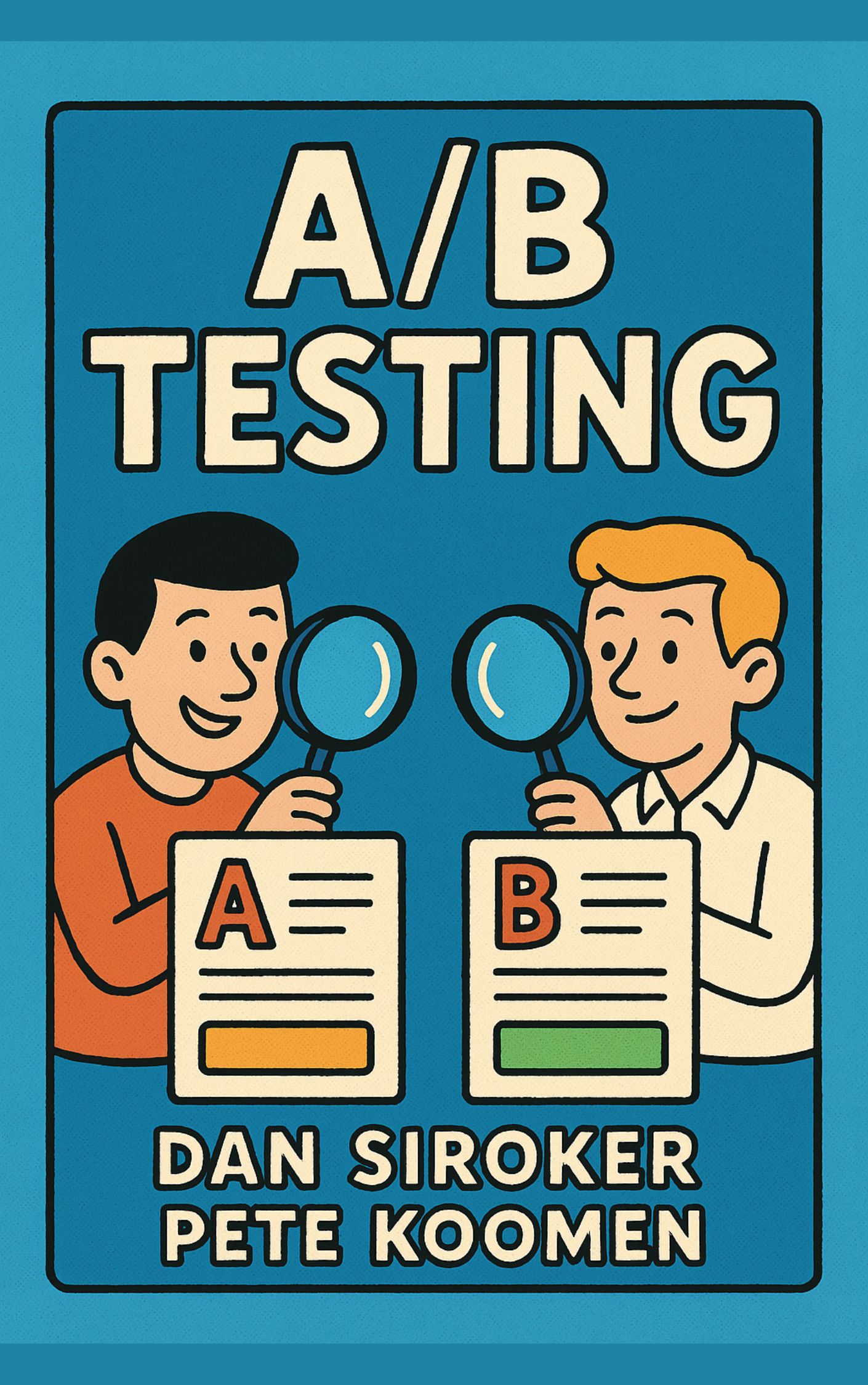Description
Building a website is only the first step to growing your business online. Most people who discover your product or service will first meet you through your website, so it must work effectively. A simple and powerful way to improve it is through A/B testing — comparing two or more versions of a page to see which one performs better.
The process is straightforward: you show different versions of your website to different visitors, measure their responses, and discover what gets the best results. For example, in 2008, Barack Obama’s campaign website tested different images and buttons on its signup page. A photo of him with his family and a “Learn more” button encouraged 40.6% more people to share their email addresses, leading to millions more subscribers and tens of millions in donations.
Before starting, you must set a clear goal. Decide exactly what success looks like for your site — it could be sales, signups, shares, or repeat visits. Then, create a hypothesis, a specific guess about what change might work better. The Clinton Bush Haiti Fund learned this lesson during the 2010 earthquake relief efforts. They thought adding a large image to the donation page would help, but donations dropped. Testing a smaller change — placing the image beside the form — increased contributions by over one million dollars.
A/B testing isn’t only for small tweaks. It can lead to complete redesigns. Disney’s ABC Family website noticed many visitors were searching for shows. They redesigned their homepage to display all shows upfront, boosting engagement by 600%. Netflix also used A/B testing to shape its modern interface, replacing a few titles with endless scrollable thumbnails, which kept people watching longer.
One of the simplest but most powerful lessons from testing is that clutter drives visitors away. Removing unnecessary form fields can increase conversions dramatically. The Clinton Bush Haiti Fund raised more per visitor simply by deleting “Phone number” and “Title” fields they didn’t need. If you can’t remove fields, you can still split long forms into shorter steps, which Obama’s 2012 campaign did, resulting in hundreds of millions in extra donations.
Language also matters. Words on your site should be clear and action-oriented. Instead of vague buttons like “Submit,” use specific calls-to-action like “Support Haiti” or “Try It Free.” Changing just two words in LiveChat’s campaign improved clicks by almost 15%.
Not every test will succeed — and that’s a good thing. Failure teaches you what doesn’t work and reveals new insights about your visitors. Chrome, an apparel company, learned that videos didn’t improve sales over images but also discovered they caused no harm, giving them flexibility for future campaigns. Gaming site IGN found that moving a navigation link caused clicks to plummet, but it also revealed that most of its users were returning visitors.
For A/B testing to become part of your company’s DNA, you may need to advocate for it. Share results openly, run small easy-win tests, and help your team see the value of data-driven decisions. Adidas and IGN both made testing part of their culture by showing clear results and making the process engaging for employees.
Ultimately, A/B testing is about listening to your audience through their actions, not just your assumptions. By testing ideas, measuring real results, and learning from both wins and failures, you can steadily improve your website, keep visitors engaged, and turn small changes into major growth.





